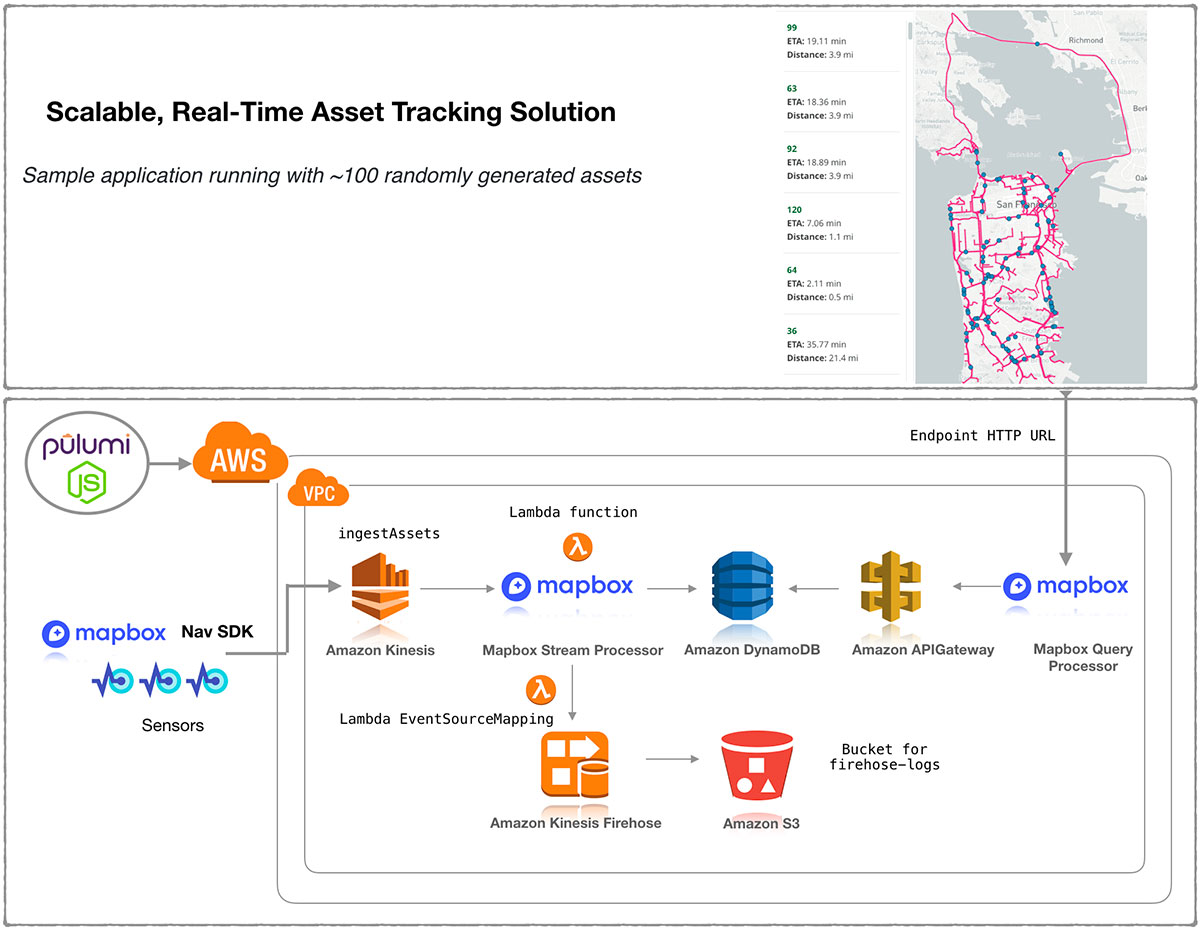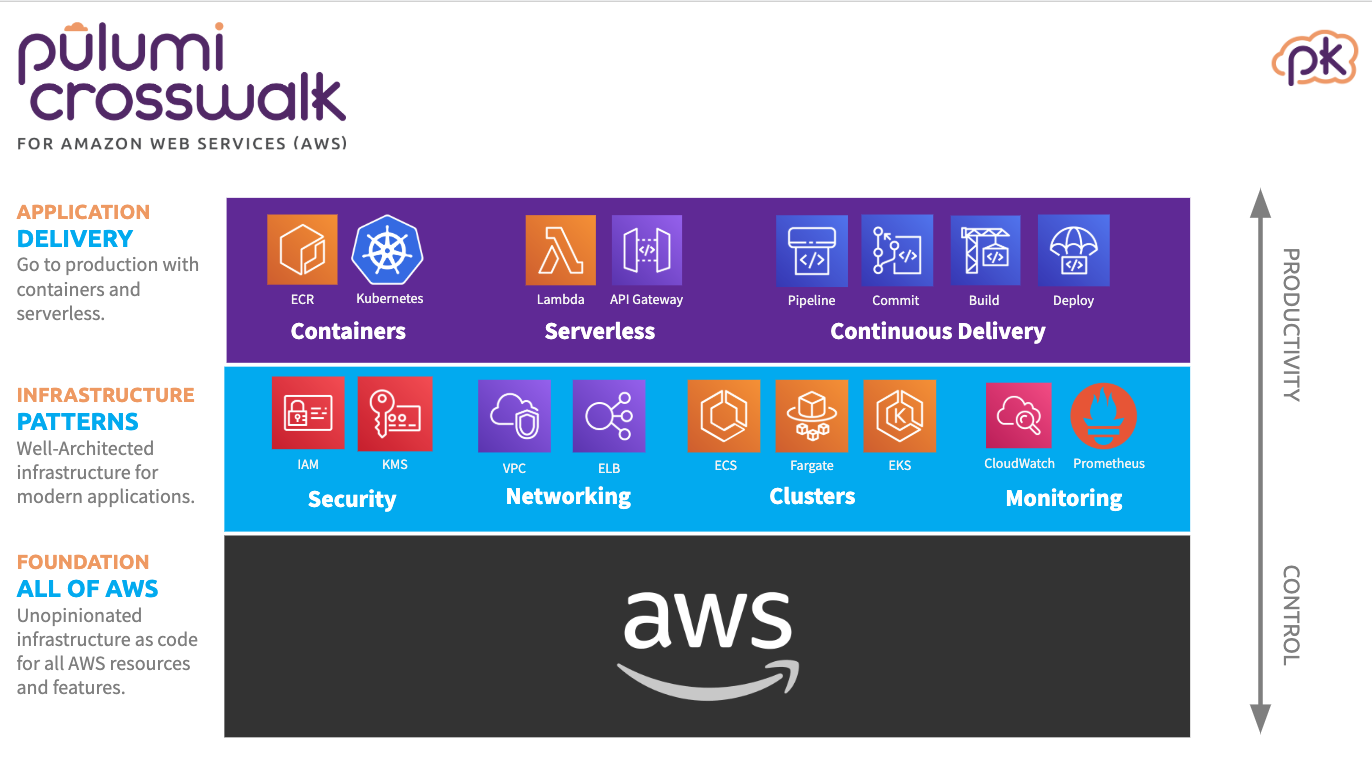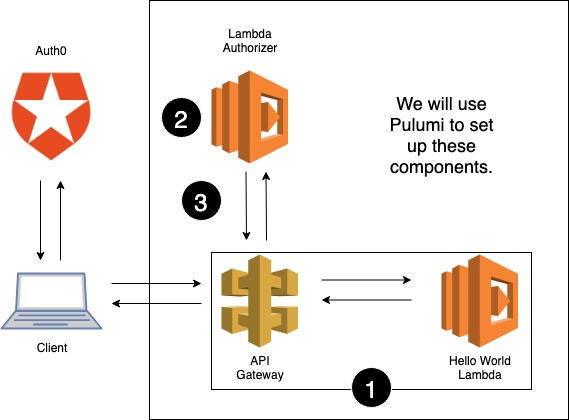Provisioned Concurrency: Avoiding Cold Starts in AWS Lambda

AWS Lambda cold starts (the time it takes for AWS to assign a worker to a request) are a major frustration point of many serverless programmers. In this article, we will take a look at the problem of latency-critical serverless applications, and how Provisioned Concurrency impacts the status-quo. Concurrency Model of AWS Lambda Despite being serverless, AWS Lambda uses lightweight containers to process incoming requests. Every container, or worker, can process only a single request at any given time.






